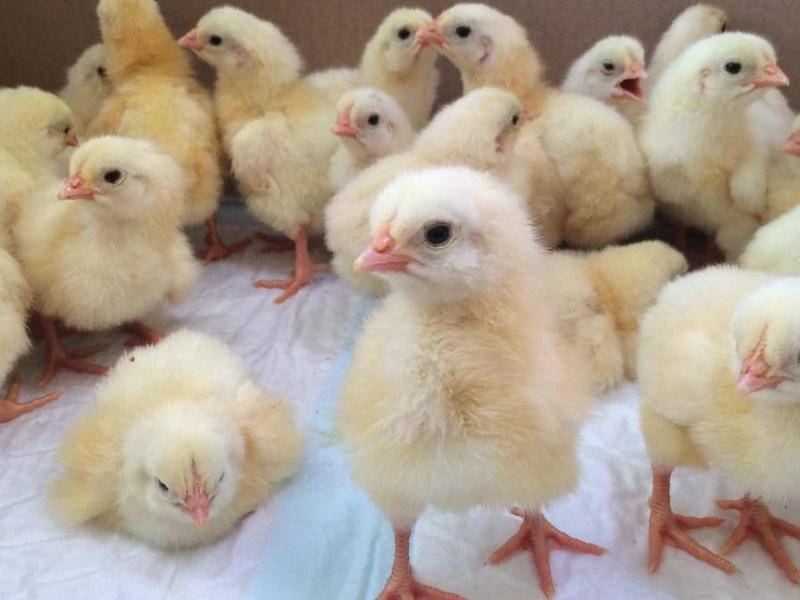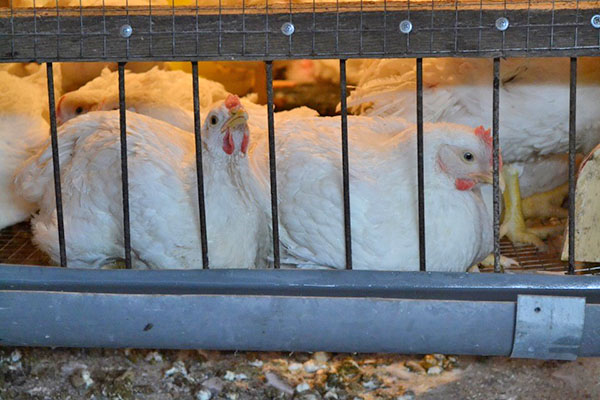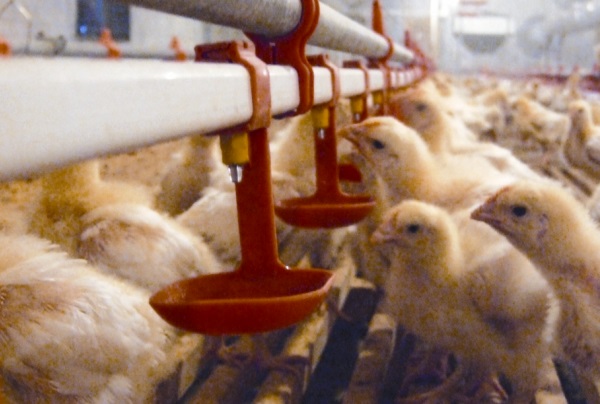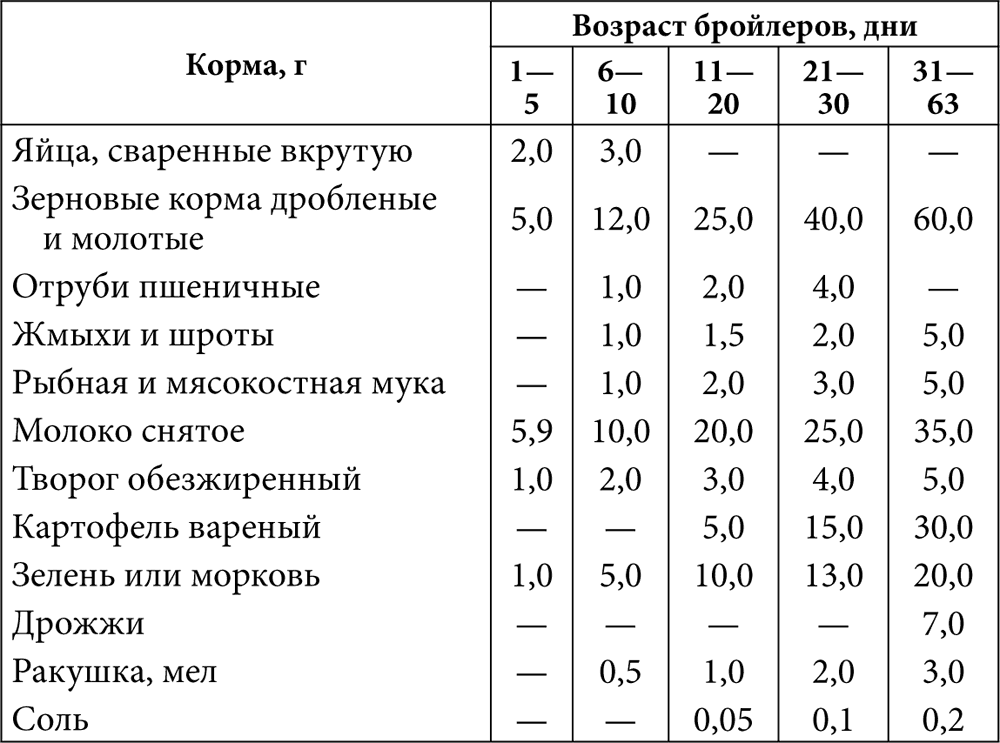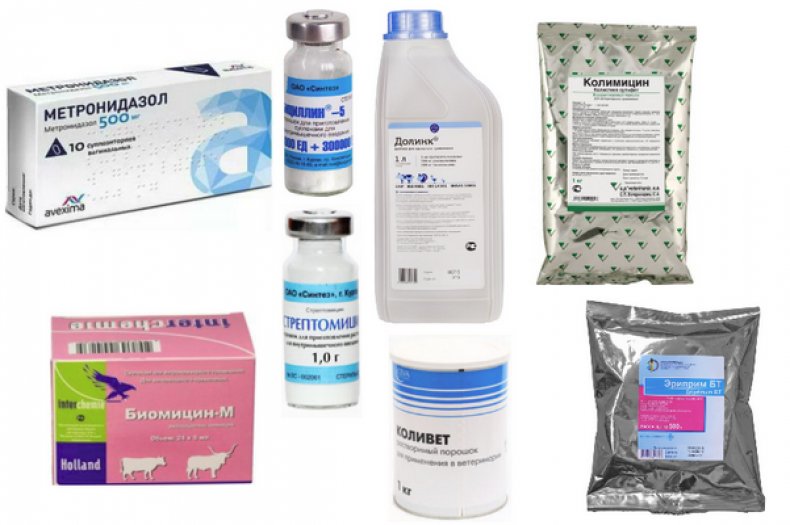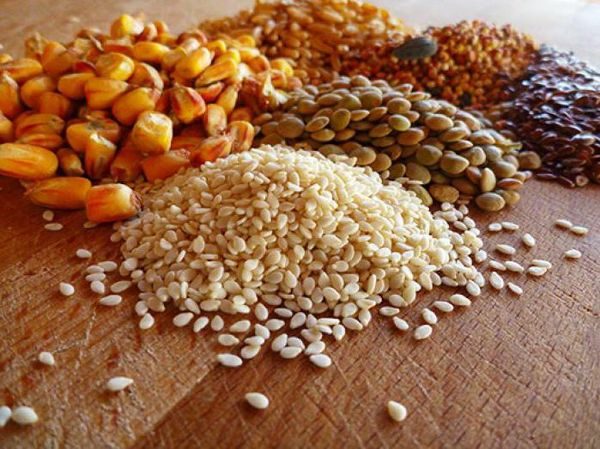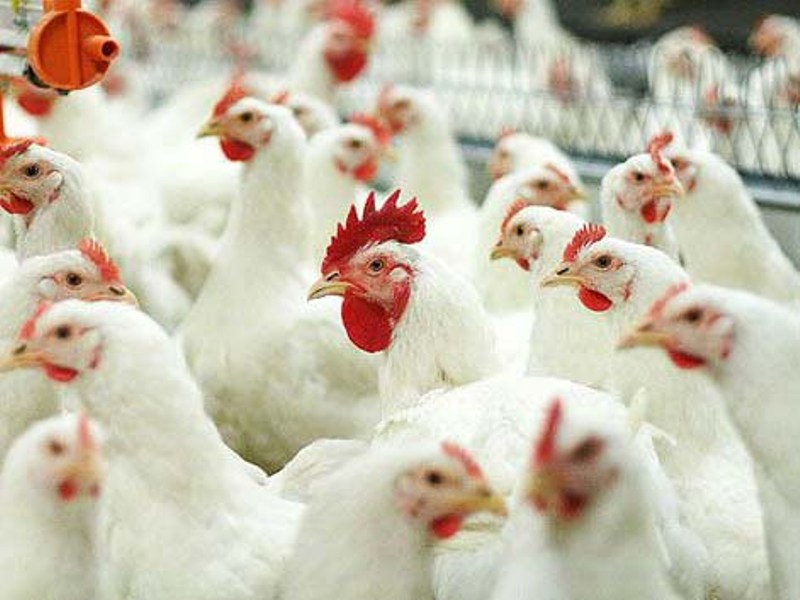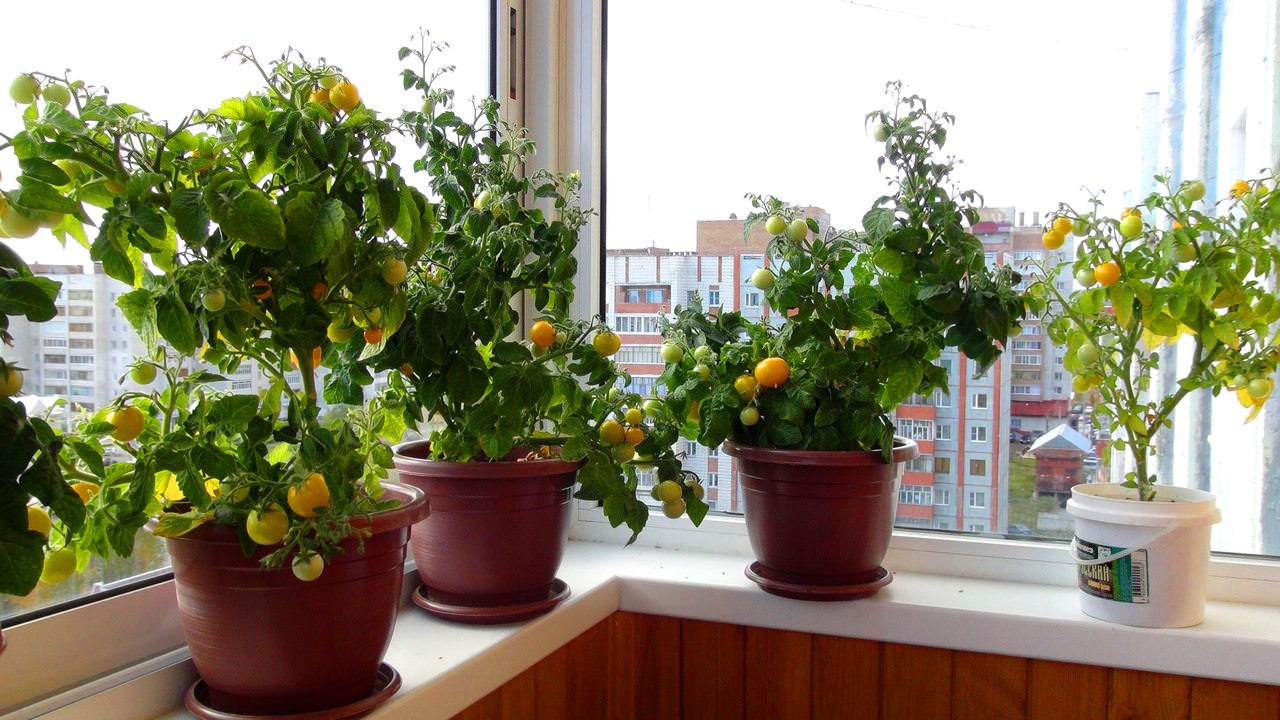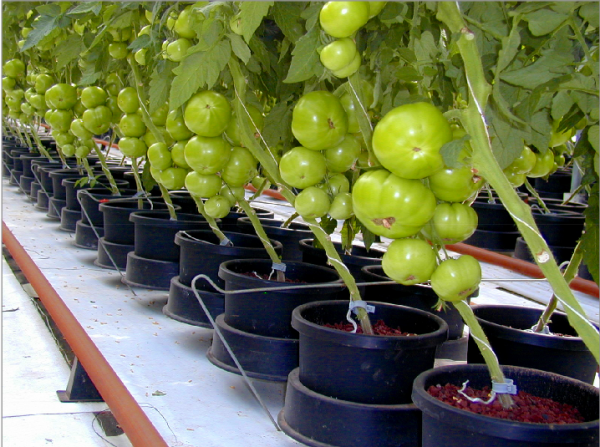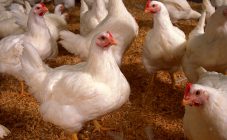Content:
Many farmers at some point come to the decision to start broiler chickens. But before you go shopping for chickens, you should more closely familiarize yourself with the rules of their growing and care.
Having decided to start breeding broilers, the first thing to understand is that birds are very demanding on the conditions of keeping and on the quality of food. But the result, if all the rules and regulations are strictly followed, exceeds all expectations.
All chickens are born with the same weight - about 40 grams. The broiler species grows much faster. For comparison: the weight gain in ordinary chickens is 20 grams, and in broilers - at least 60 grams per day.
Broilers are typically actively fed for 40 days. During this period of time, the birds gain 2,000 or even 2,500 grams. As a rule, ordinary chickens reach a similar indicator only by six months.
Most people consider broiler chickens to be a separate breed. But in fact, this is a common hybrid, which was obtained by crossing two breeds of chickens: Cornish and Plymouthrock. This variety is especially economical, because for 1 kg of live weight of a bird there is no more than two kilograms of compound feed.
Broiler breeding
Raising broiler chickens is a responsible process. But it is equally important to choose the right chicks.
Choosing the right bird
The first step is to understand their distinctive features. As a rule, chickens of this species are large, and they have a rather massive body. There are a number of factors to consider when choosing chicks:
- cross (breed);
- manufacturer;
- price;
- age;
- viability.
The most popular among domestic farmers are hybrids of such crosses as Hubbard F 15, Cobb 500, Broilers-61, 708, ROSS-38 and some others.
For the purchase to be successful, and the farmer can be sure that he has made the right choice, it is best to contact reliable hatchery stations and farms.
As a rule, good breeders do chick presale. Namely, they are vaccinated against the main "chicken" diseases. You can safely take such birds into the house and count on excellent results in the foreseeable future.
Some people prefer to purchase chicks from a poultry farm, but this method is not the most desirable, since such farms often offer rejected young growth for sale.
Organization of maintenance and care
Answering the question of how to raise broilers at home without any significant losses, you should pay attention to the solution of the following issues: arrangement of the premises, compliance with zootechnical standards, and providing the birds with proper care.
There are two ways of breeding broilers: intensive, extensive. With the intensive method, the bird is restricted in movement. The cage helps in this, in which the chickens are placed from the moment they were bred or bought. Most often, this technique is used in the mass production of chickens. In this case, the chickens are fed with standard dry compound feed.Restriction of movement ensures a particularly rapid growth of the bird (after a month it can be sent for slaughter), but its meat turns out to be harsh.
If a dacha or a farm is used to grow meat chicken, an extensive method of growing is applicable. In this case, the question of how broilers should be raised does not arise. Everything happens in the same way as with ordinary chickens. Birds live in chicken coops, they can be taken out into the yard for walking, and the food they receive differs both in type and composition.
To raise a poultry, it is not enough to drive into the Internet search box a query like "broilers growing at home feeding". You will need not only to strictly follow the instructions, but also to learn many of the intricacies of breeding this type of chickens.
To start raising broilers at home, the first step is to prepare a chicken coop. For this, the floor should be covered with straw, sawdust or shavings. This filler needs to be changed periodically, removing lumps in a timely manner.
When summer comes, the reared chick and adult bird are released into the fresh air in a fenced-in pen. If the walk is sufficiently protected from drafts (for example, by greenhouse frames), small chicks can also be released into it.
Daily chicks should be fenced off and kept at temperatures from +32 to +35 degrees. When the chicken is one week old, you can start to gradually lower the temperature. As a result, by three weeks, the temperature should be about 20 degrees. For the purpose of heating, infrared lamps can be used, as well as any heaters.
Until the fifth day of the chicks' life, the lighting of the chicken coop should be around the clock. But the secret is that at about one week of age, the chicks begin to distinguish between day and night. It is from this time that the light should be turned off for a short time every two hours (10-15 minutes is usually enough). Thus, you should gradually bring daylight hours to 16 hours.
In order to successfully raise broiler chickens, ventilation must be provided in the chicken coop. Without a constant supply of fresh air, bird disease will be almost inevitable.
Broiler chickens rearing involves both care and feeding. The diet of a bird is especially important for its rapid weight gain. The fattening period must be accompanied by watering of the brood. The detailed diet can vary depending on the wishes of the farmer, but there are a number of rules to follow:
- For every kilogram of feed eaten by a bird, at least one and a half liters of clean (preferably warm) water should be drunk.
- Once a week, a pink solution of potassium permanganate should be added to the drinker.
- The grass cut for broiler chicks should be finely chopped.
- Celandine should not be used for feeding under any circumstances.
- Every day, feed consumption should increase from 1 kg for small chicks to 6 kg for older ones.
During the period when the plumage is actively growing in chicks, it is imperative to include fresh cabbage leaves in the diet. They include sulfur, which is vital for birds during this period of time.
When breeding broilers, it should be borne in mind that a bird that begins to grow up is susceptible to infectious diseases, therefore it has an increased need for biologically active components. Most often, farmers solder small chickens with water, which is supplemented with vitamins and an antibiotic.This drink has a number of undoubted advantages among which the following should be especially noted:
- does not require special labor costs;
- ensures effective processing of livestock (even in the absence of appetite, the bird does not stop drinking);
- any vitamin and antibiotic is better absorbed in an aqueous solution.
From the age of one month, chickens begin to be fed for meat, using finishing compound feed. After that, the fate of the bird is completely in the hands of the farmer. It only depends on him whether he wants to continue raising the chicken or prefers to slaughter it. In any case, keeping broiler chicks longer than 80 days is only advisable if this is done for the parent flock.
Growing technology
Experienced poultry farmers know exactly what to do to ensure that the end result of their broiler raising efforts does not disappear. They recommend using roughly the following principles when feeding young stock:
- dissolve antibiotics and vitamins in warm water, so they are better absorbed;
- soldering with vitamins and antibiotics should be carried out for at least one week;
- litter in small chickens should be kept no longer than two weeks, then it is better to remove it;
- during drinking with vitamins and antibiotics, you should use starter feed or millet, chopped onions and eggs;
- due to the rapid growth of the poultry, the feed must contain minerals and trace elements in sufficient quantities;
- babies can be transferred from the box to the chicken coop at two weeks of age;
- to improve the quality of meat, broilers should be given regularly boiled corn;
- to provide young animals with vitamins, in addition to drugs, dandelion, beet tops, alfalfa or nettle are well suited.
Growing errors
There are five common mistakes novice breeders make when raising broilers
Improper feeding in the first week
In the first week of life, ordinary chickens are fed according to the standard scheme, including cereals, herbs, cottage cheese and a boiled egg in the diet. In the case of broilers, this approach is not acceptable. The digestive system of hybrid chickens is rather weak, and newborn chicks simply cannot cope with such food. For the first days, you should choose a balanced combination feed specially adapted for this type of bird.
Temperature violation
Broiler chicks require a higher temperature at birth. The condition of the birds should be constantly monitored, if it is too hot, they will lose their appetite. It is necessary to reduce degrees more gently than in the case of ordinary chickens. That is, not by 2-3 degrees per week, but only by 1 degree.
Excessive activity
Cubs of any birds and animals are active. But in the case of future meat chickens, this is fraught with slower weight gain. In this regard, it is recommended to keep chicks in a confined space where they cannot be too active. In principle, hybrids need only a clean enclosure and abundant nutrition for full growth and development.
Fluid deficiency
Some novice poultry farmers, giving their chicks food in abundance, forget about drinking. Water is essential for a number of processes: cell division and growth, body cleansing, etc. Practice shows that it is because of the lack of water in the first week after hatching that chickens suffer the most. If this point is neglected, chicks can have serious developmental problems. They may even die. Broilers should have access to water around the clock. Moreover, the water itself must be clean and fresh. It is recommended to update it every day.
Ignoring prevention
In this context, it is not just about vaccination. To prevent mass deaths from infections such as pasteurellosis or salmonellosis, antibiotics simply cannot be avoided. They begin to give them almost from the first days of chickens' life. Vitamin C will help form immunity.
Unfortunately, having decided to start raising broiler chickens for meat, you will hardly be able to avoid all possible mistakes. But don't be afraid to do something wrong. After all, this is the only way to learn how to grow broilers at home.
In recent years, poultry farming has become an increasingly highly demanded field of activity. Broiler chickens are bred not only on large poultry farms, but also on very small peasant lands. Sometimes summer residents, who have extra space for a poultry house on the garden plot, and who are not averse to experimenting a little, begin to be interested in this topic. It doesn't take much space to grow a beef breed. It is quite possible to study the process thoroughly in practice. The most important thing is to systematically move towards the intended goal and not ignore the helpful advice of more experienced breeders. Then you won't have to wait long for a positive result.
